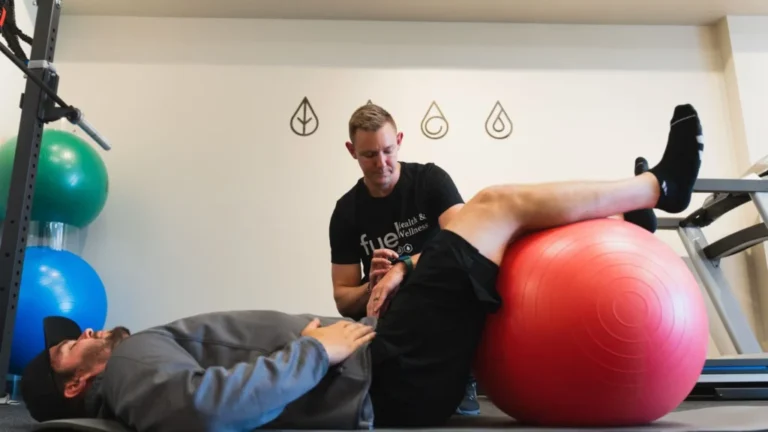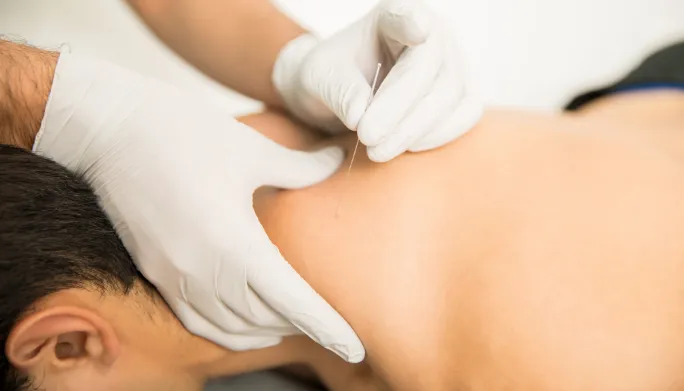When to Consider Interventional Pain Treatments for Sports Injuries

Back and neck pain are common among athletes and individuals who engage in physical activities. While mild injuries often heal with rest, ice, and basic rehabilitation, some cases require more advanced medical care. Here is more information on when interventional pain treatments are appropriate for sports injuries, exploring persistent pain, chronic conditions, and the role of interventional treatments in managing these issues effectively:
Identifying Persistent Pain
Recovering from back and neck pain takes time, but pain that lingers beyond the expected healing period may require further attention. Persistent pain can result from incomplete healing, misdiagnosed injuries, or damage to nerves and tissues. Common examples include tendon or ligament tears, fractures, and soft tissue damage that fail to respond to conservative treatments such as rest, icing, or physical therapy. Ignoring persistent pain can lead to chronic conditions, which may further disrupt daily activities and athletic goals.
Interventional treatments can assist with pain relief while addressing the underlying issue. Techniques such as nerve blocks, joint injections, or epidural steroid injections target specific pain sources. These treatments aim to reduce inflammation, promote mobility, and enable more effective physical therapy, fostering a more comprehensive recovery process. Consulting with a specialist can help tailor a treatment plan specific to your needs.
Understanding Chronic Injuries
Chronic sports injuries develop over time from repetitive strain or prolonged overuse of specific muscles, joints, or tendons. Common examples include tennis elbow, runner’s knee, plantar fasciitis, and Achilles tendinitis. These conditions result from cumulative wear and tear, making recovery far more complicated than acute injuries. Symptoms, such as persistent pain, stiffness, and swelling, can significantly hinder athletic activities and daily routines.
When chronic injuries interfere with daily life or athletic performance, interventional pain treatments become a solution. Radiofrequency ablation, platelet-rich plasma (PRP) therapy, or corticosteroid injections alleviate pain and inflammation. These methods target the condition at a deeper level, helping athletes regain mobility and functionality while rehabilitating the affected area with sustained progress.
Guiding Complex Cases
Some injuries are more complex and involve structures like the spine, joints, or deep tissues. Examples include disc herniations, rotator cuff injuries, and labral tears. These cases often bring severe pain, limited motion, and a significant impact on quality of life. Left untreated, such injuries can worsen over time, potentially leading to chronic conditions or irreversible damage.
Interventional pain specialists utilize advanced imaging-guided techniques to diagnose and manage severe sports injuries. Treatments like facet joint injections, spinal cord stimulation, or kyphoplasty deliver precise and targeted pain relief while encouraging regeneration and restoration. By combining these techniques with physical therapy, patients often experience long-term improvement.
By reducing severe or debilitating pain, these procedures often allow athletes to regain functionality and actively participate in long-term recovery programs tailored to their specific injury.
Get Help With Back and Neck Pain
Interventional pain treatments provide significant benefits for sports injuries involving persistent pain, chronic conditions, or complex cases. These procedures target inflammation, manage pain at its source, and support recovery when conservative methods fall short. With options such as nerve blocks, joint injections, and regenerative therapies, athletes can find customized solutions. By seeking medical advice and working with interventional pain specialists, athletes can address injuries comprehensively, minimize downtime, enhance performance, and effectively return to their active lifestyles.
- What to Expect When Visiting a Foot and Ankle Specialist
- Causes of PTSD
- The Link Between Plantar Fasciitis and Weight Gain: What You Need to Know
- How Pet Ownership Can Positively Impact Life with Fibromyalgia
- The Importance of Stretching and Flexibility in Sports Medicine
Dr. Emma Green is a health and wellness expert with over 10 years of experience in nutrition and fitness. Passionate about helping others live their healthiest lives, Dr. Green shares practical advice on wellness, nutrition, and sustainable living through LivingSpristine.






